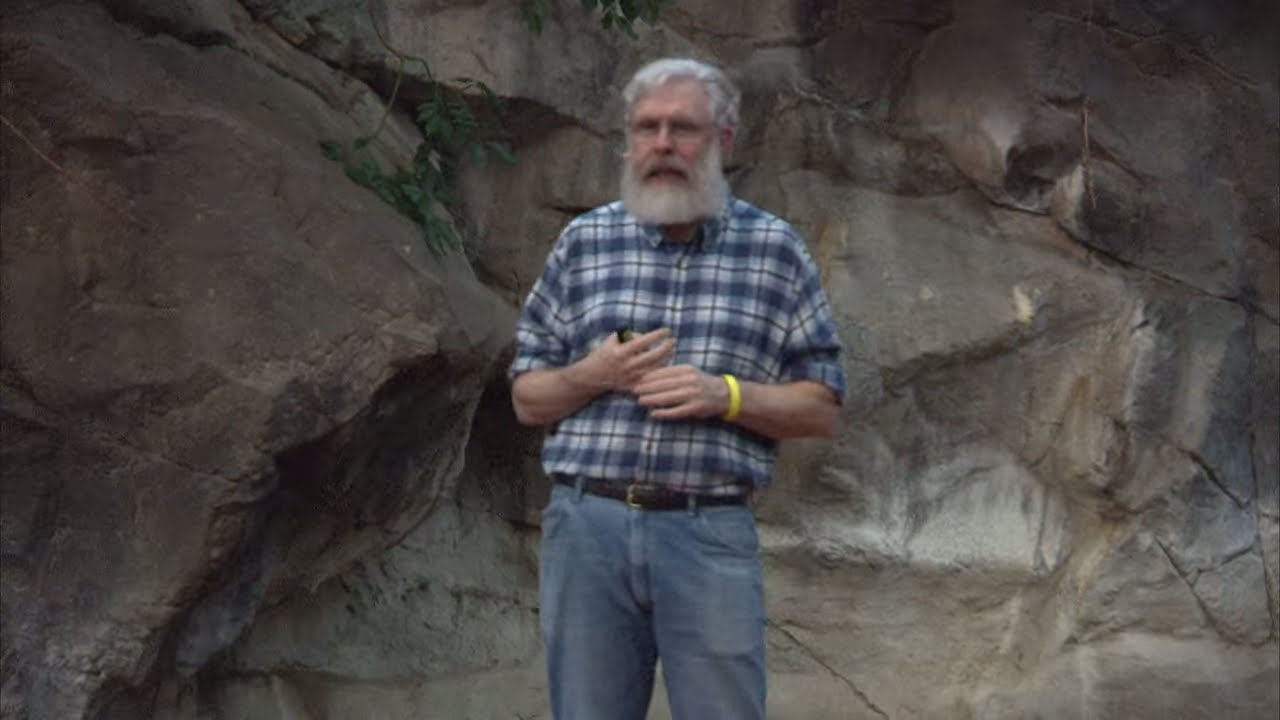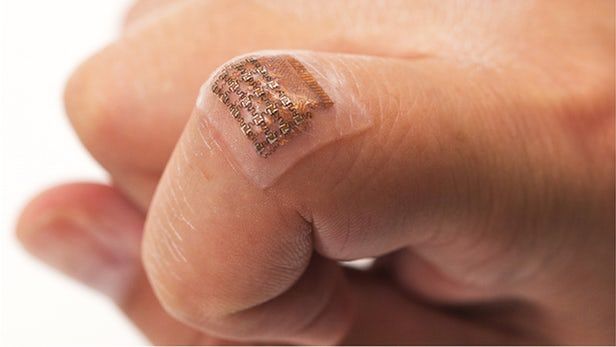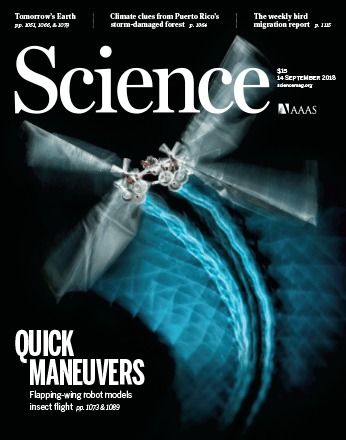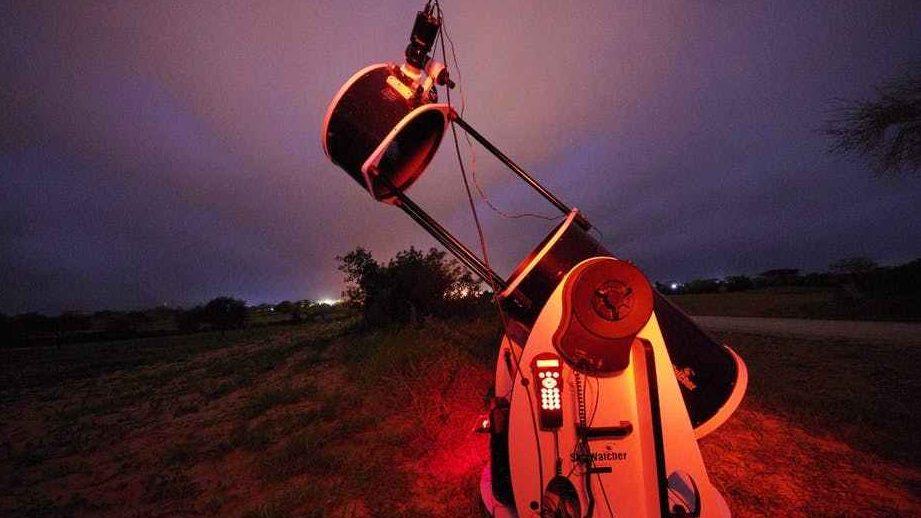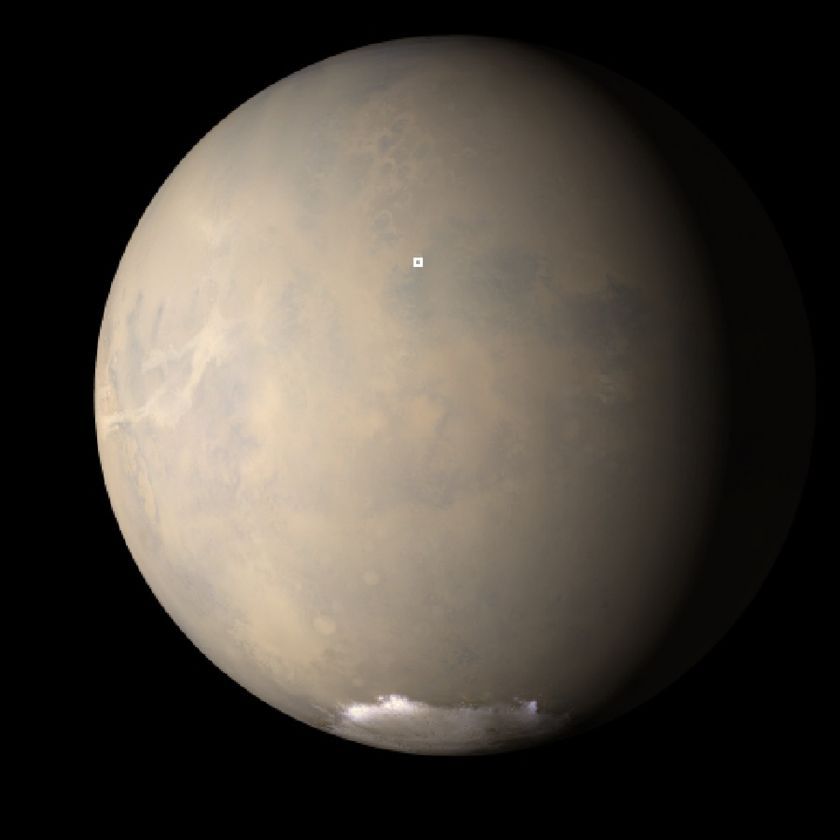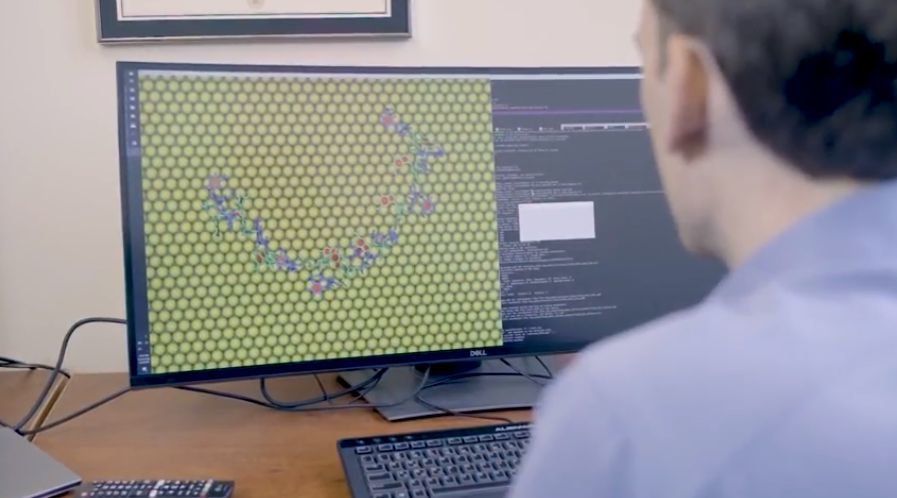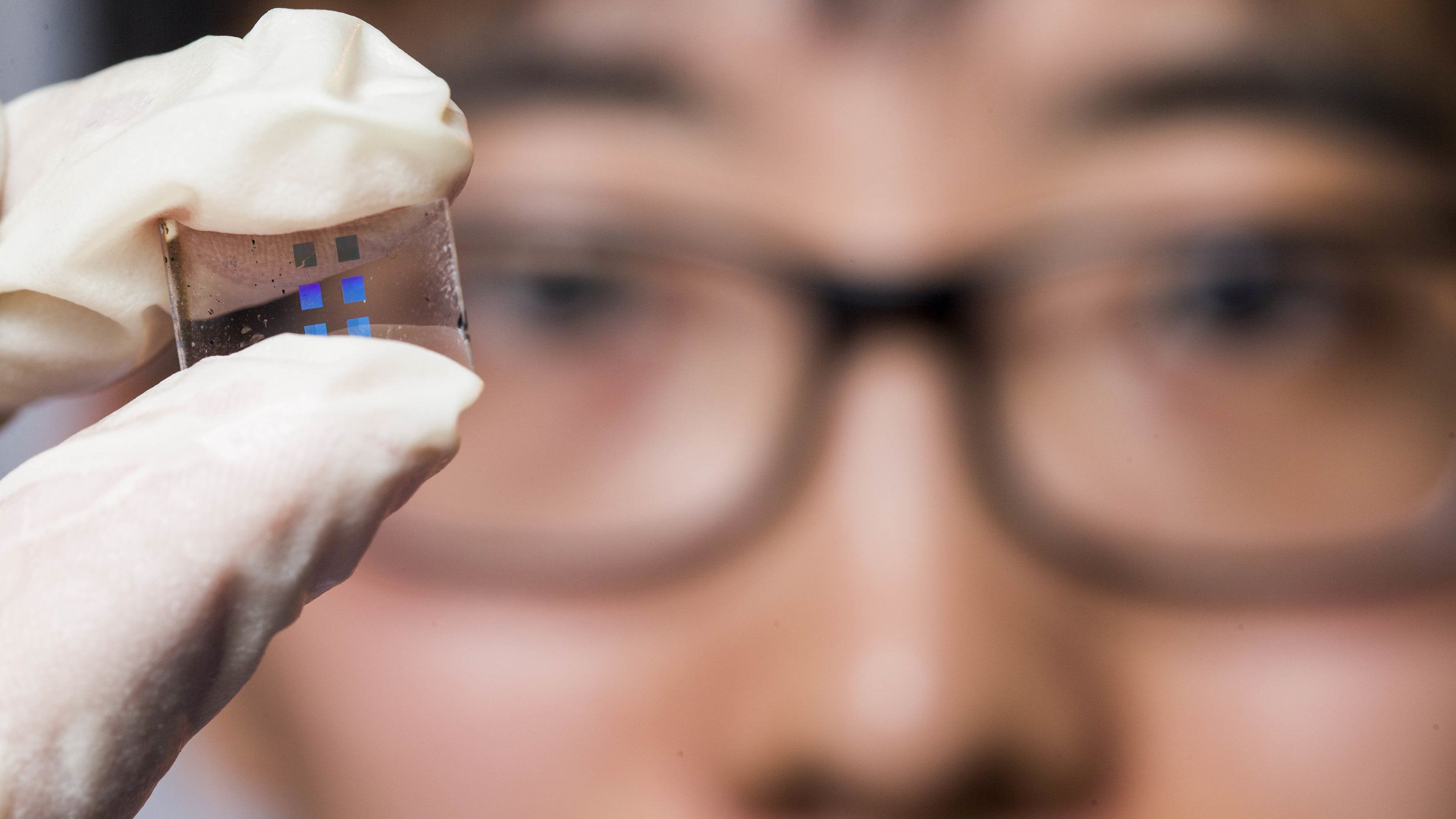Sep 14, 2018
George Church talks about reversing human aging and claims they made mice live twice as long
Posted by Montie Adkins in categories: biotech/medical, life extension
He says this has been done successfully with mice. They have mice live twice as long. They are testing aging reversal in dogs in 2018–2019. Human treatments could be available on a general basis by 2025.
George Church is developing better and better organs using pigs. They are working to slow or reverse the aging in the organs to be used for transplant.
